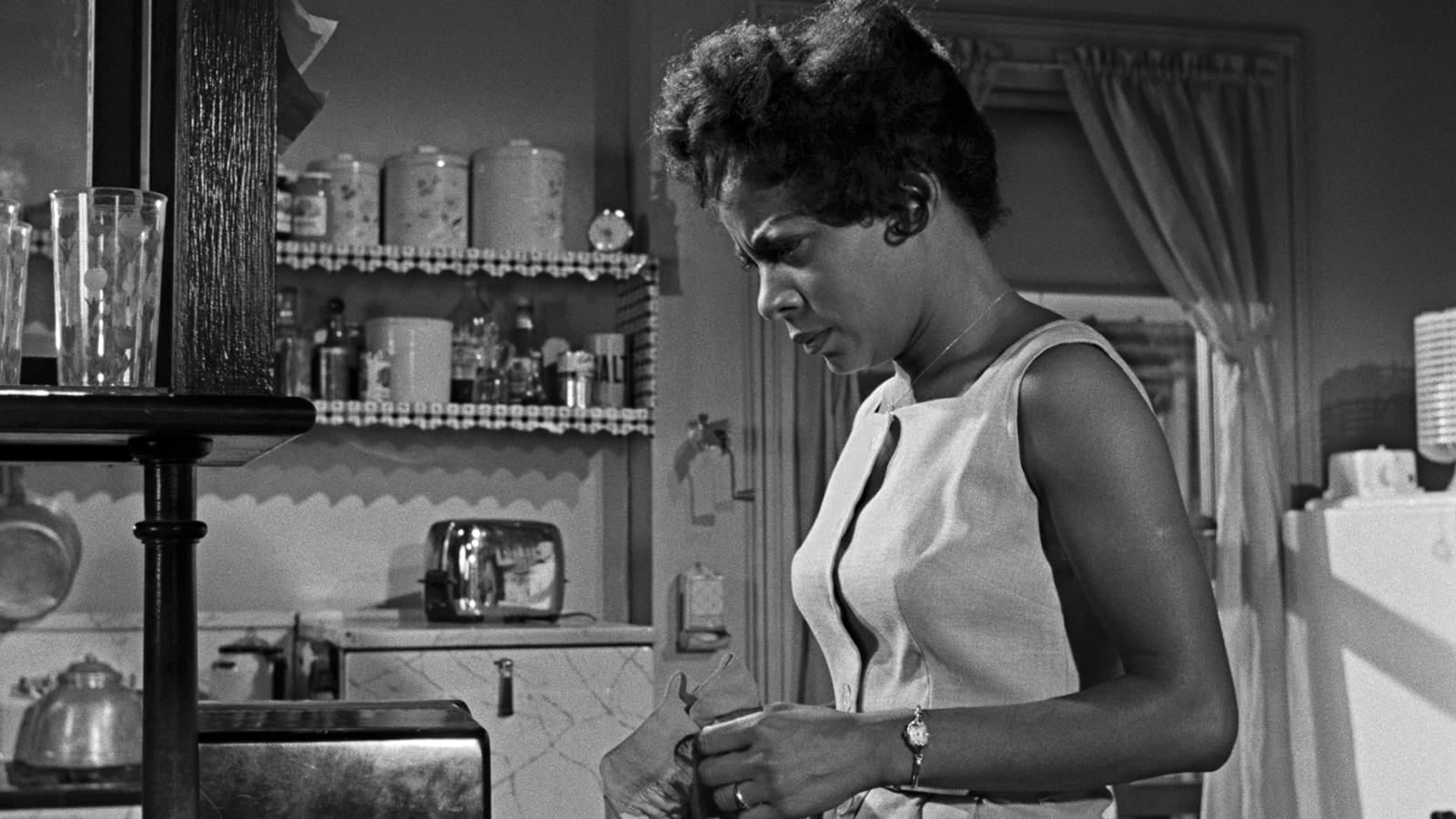



Excerpts from Hansberry's autobiography T o Be Young Gifted and Black.Have each group respond to one or two of the following questions: " Let America Be America Again," by Langston Hughes available from The Academy of American Poets. Wells (American Memory Collection/African American Perspectives: The Progress of a People)īefore analyzing the following resources, draw upon the background you have established based on the documents and discussion completed for activities 1 and 2 to design inquiry questions that frame your analysis of the following texts. Arnett (American Memory Collection/African American Perspectives: The Progress of a People) Resources and analysis questions on Jim Crow during the New Deal era. NEH's Created Equal: Slavery by Another Name.to learn about the intersections of race and geography in the 1930s and 40s and discuss how this informs one's reading of the play.

Analyze maps of Chicago and other major cities in the U.S. Mapping Inequality: Redlining in New Deal America.How do "dreams deferred" relate to "The American Dream"? You can also view this video clip on Yale University's exhibition: "Langston Hughes at 100" (scroll down to the third entry "Langston Hughes reading "Harlem"). "Harlem": A 1951 poem by Langston Hughes in which the line ".like a raisin in the sun?" appears.Building the context for A Raisin in the Sunīefore analyzing the following resources, draw upon the background you have established based on the documents and discussion completed for Activity 1 to design inquiry questions that help answer the guiding question: To what extent have the arts been informed by the social and political realities of the time and vice versa? Analyze the combinations of cultural and environmental characteristics that make places both similar to and different from other places.Īctivity 2. Use paper based and electronic mapping and graphing techniques to represent and analyze spatial patterns of different environmental and cultural characteristics. Compare information provided by different historical sources about the past. Describe how people’s perspectives shaped the historical sources they created. Analyze how two or more texts address similar themes or topics in order to build knowledge or to compare the approaches the authors take. Analyze how and why individuals, events, or ideas develop and interact over the course of a text.Ĭ.9. Determine central ideas or themes of a text and analyze their development summarize the key supporting details and ideas.Ĭ.3. Read closely to determine what the text says explicitly and to make logical inferences from it cite specific textual evidence when writing or speaking to support conclusions drawn from the text.Ĭ.2.


 0 kommentar(er)
0 kommentar(er)
